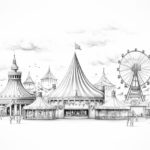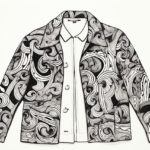Drawing a piano may seem like a complex task, with its intricate keys and elegant shape. However, with the right guidance and step-by-step instructions, you can create a beautiful and realistic representation of this musical instrument. In this article, we will guide you through the process of how to draw a piano, helping you capture its essence and details. So let’s get started!
Materials Required
Before we begin, make sure you have the following materials at hand:
- Drawing paper or sketchbook
- Pencil (preferably HB or 2B)
- Eraser
- Ruler
- Optional: Fineliner or ink pen for outlining
It’s important to have a clean workspace and ample lighting to enhance your drawing experience. Now that you have all your materials ready, let’s dive into the steps for drawing a piano.
Step 1: Sketching the Basic Shape
To start, draw a vertical rectangle shape in the center of your paper. This will serve as the main body of the piano. You can use light, loose strokes for this initial sketch, as we will be refining and adding details later on.
Step 2: Adding the Keyboard
Within the rectangle shape, draw a series of evenly spaced horizontal lines. These lines will represent the keyboard of the piano. Be sure to leave enough space between each line to accommodate the piano keys. The number of lines you draw will depend on the size and scale of your piano drawing.
Step 3: Drawing the Keys
Now it’s time to draw the individual piano keys. Start by drawing rectangles on top of each of the horizontal lines you just created. These rectangles should be narrower than the spaces between the lines. Leave a small gap between each key to represent the black keys on the piano.
Step 4: Adding Depth and Dimension
To give your piano drawing a three-dimensional look, we need to add some shading and depth. Begin by adding shading to the sides of the piano and the keys using light, diagonal strokes. This will create the illusion of shadows and make your drawing appear more realistic.
Step 5: Refining the Details
Next, we will add some important details to our piano. Start by drawing the lid of the piano at the top, using a slightly curved line. Then, draw the music stand, located just above the keyboard. Use straight lines to create the stand, and add some small details like knobs or decorative patterns if you’d like.
Step 6: Drawing the Pedals
Let’s now focus on the lower part of the piano. Draw three pedals located below the keyboard, near the base of the piano. These pedals are usually made of metal and have different functions. Use small ellipses or circles to represent the pedals, and add some shading to give them a metallic appearance.
Step 7: Adding the Piano Legs
To complete the overall look of the piano, we need to draw the legs. Start by drawing two parallel lines extending from the bottom corners of the piano’s main body. Then, connect these lines at the bottom with a curved line to create the first leg. Repeat this process on the other side to draw the second leg.
Step 8: Refining and Outlining
Now that you have drawn the main elements of the piano, take a moment to refine and clean up your drawing. Erase any unwanted or overlapping lines and smoothen out any rough edges. This is also a good time to darken the lines that you want to keep, giving your drawing a clear and defined outline.
Step 9: Adding Final Touches
Congratulations! You are almost done with your piano drawing. Take a step back and observe your work so far. If there are any areas that need improvement or additional details, now is the time to add them. This could include adding texture to the piano keys or adding highlights and reflections to make the drawing more realistic.
Conclusion
Drawing a piano may seem daunting at first, but by breaking it down into simple steps, you can create a captivating and professional-looking artwork. Remember to take your time, practice patience, and enjoy the process. With practice, your piano drawings will improve, and you will be able to explore more complex compositions and perspectives. So grab your pencil and paper, and start drawing your own beautiful piano masterpiece!
Gallery of Piano Drawings
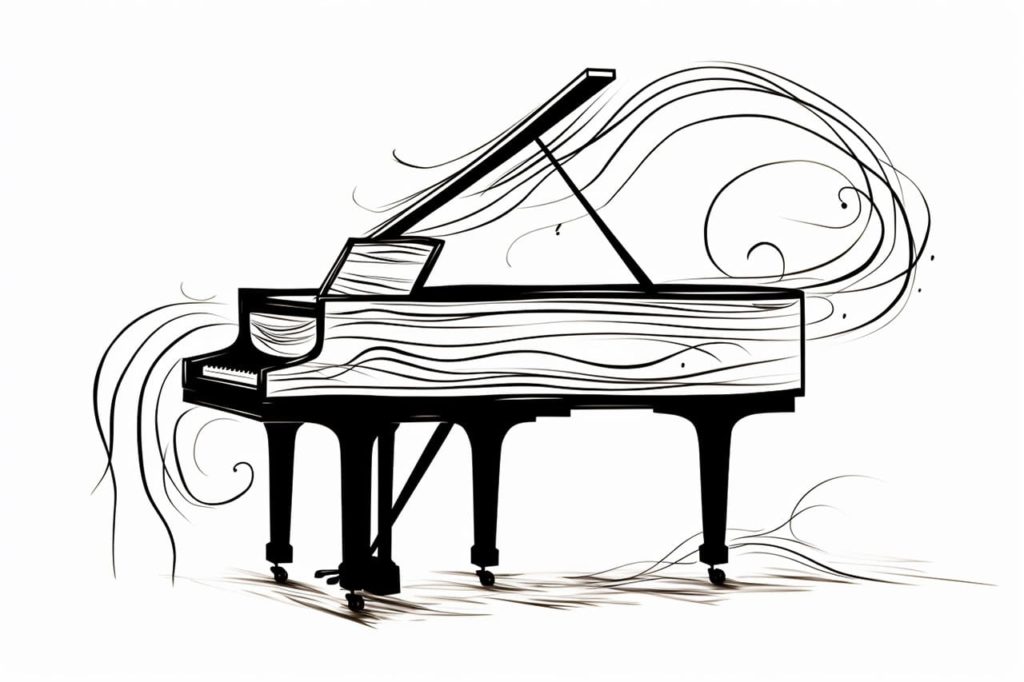
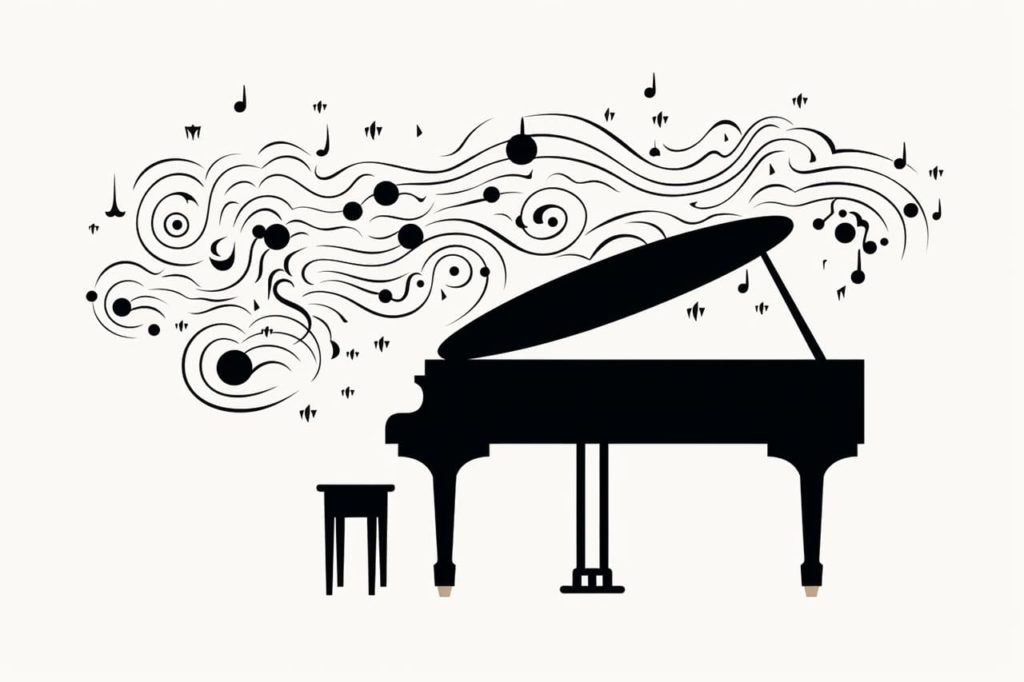
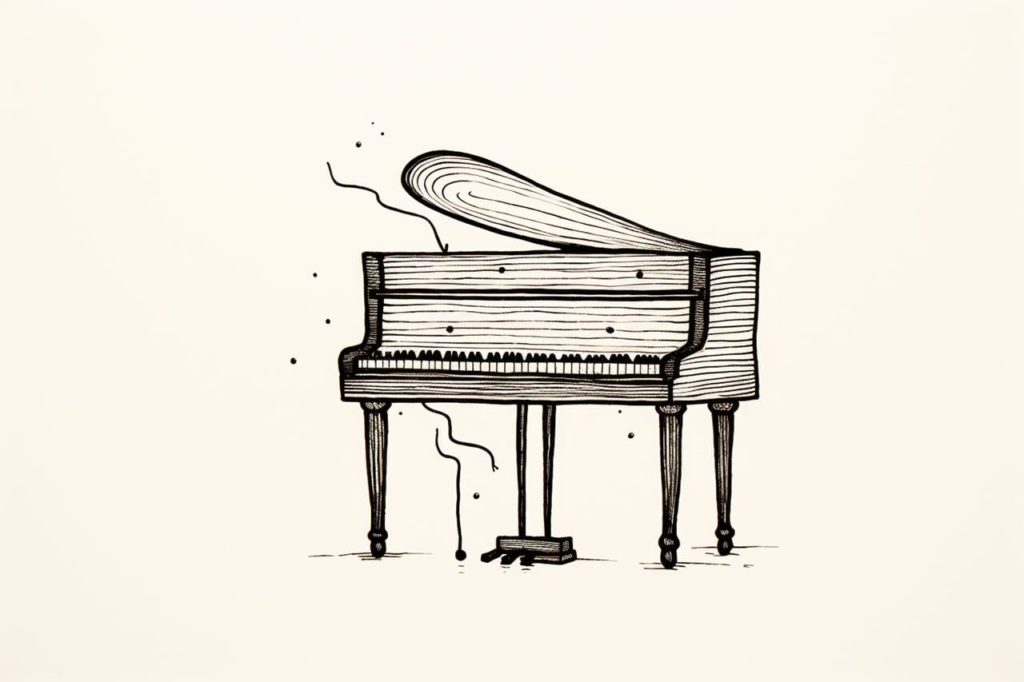
Fun Facts About Pianos
- The modern piano was invented by Bartolomeo Cristofori in Italy at the beginning of the 18th century.
- The full name of the piano is “pianoforte,” which means “soft-loud” in Italian, reflective of its dynamic range.
- Pianos have over 12,000 parts, with around 2,500 of those moving.
- The largest piano ever built is the Challen Concert Grand Piano, which measures over 11 feet in length.
- There are typically 88 keys on a standard piano, though there are some specialized versions with extra keys.
- The word “piano” is an abbreviation of “gravicembalo col piano e forte,” the original Italian name given to it.
- The piano has evolved from earlier keyboard instruments like the harpsichord and clavichord.
- Famous composers like Mozart, Beethoven, and Chopin wrote extensively for the piano, revolutionizing its use in classical music.
- A concert grand piano can be worth anywhere from tens of thousands to over a million dollars.
- Some of the world’s most expensive pianos are designed by luxury brands and feature intricate art and technology enhancements.
Suggestions for Scenes and Settings for Piano Drawings
- Concert Hall Glory: Draw a grand piano on an elegant stage set for a solo performance, with a spotlight highlighting the pianist’s hands.
- Jazz Lounge Vibes: Illustrate a cozy, dimly lit jazz bar with a piano as the centerpiece, surrounded by musicians playing saxophones and bass.
- Victorian Living Room: Create a detailed scene of a vintage parlor, complete with a classic upright piano and music sheets scattered across the top.
- Forest Harmony: Imagine a piano in the middle of a forest clearing, with nature’s creatures gathering to listen to its melodic tunes.
- Underwater Fantasy: Design an enchanting ocean scene where a piano sits on the seabed, with mermaids playing and sea creatures dancing around.
- Rooftop Serenade: Draw a piano on a city rooftop at sunset, with the skyline in the background and a musician absorbed in a mellow tune.
- Antique Shop Mystery: Picture an old piano in a quaint shop filled with curiosities, eliciting a sense of nostalgia and wonder.
- Winter Wonderland: Depict a piano placed in a snowy landscape with twinkling lights in the trees and icicles hanging from its edges.
- Space Sonata: Envision an out-of-this-world setting with a piano floating among the stars, playing cosmic melodies as planets orbit nearby.
- Festival Duet: Illustrate an open-air music festival scene, with two pianos back-to-back and musicians playing a lively duet for a cheering audience.


